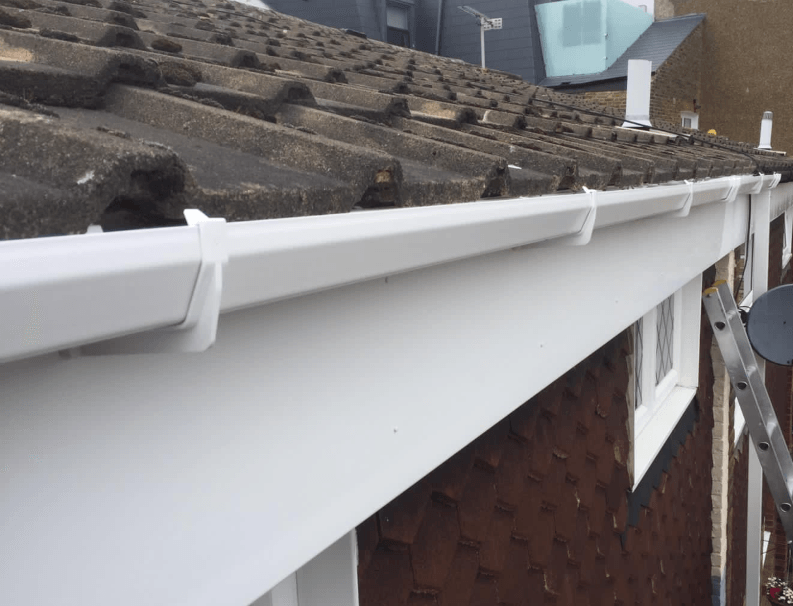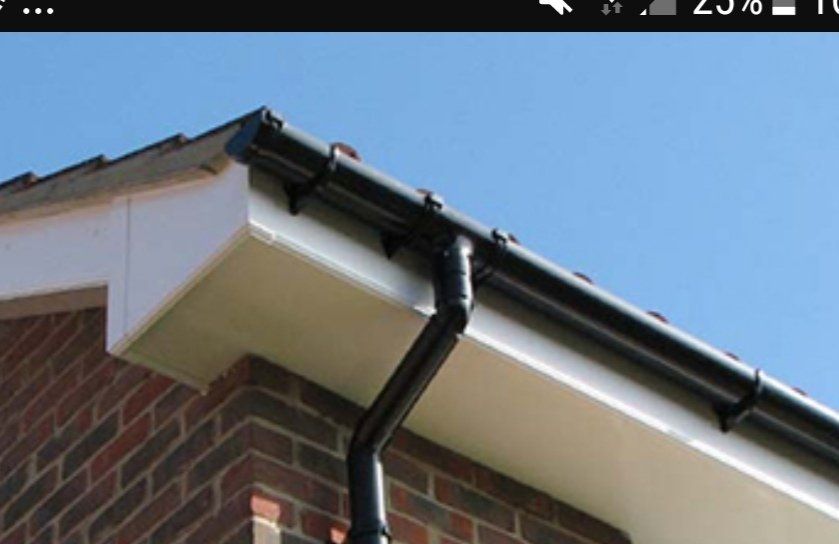A handy homebuyers' guide to pitched roofs
In today’s blog post, we want to cover some of the main details about pitched roofs that all home buyers and homeowners should know about. Read on for a comprehensive overview of pitched roofs.
What is a pitched roof?
Pitched roofs are a common form of roof here in the UK and most domestic properties you will find in Nottingham are built with a pitched roof. Pitched roofs come in all different shapes, sizes, colours and configurations, however a common feature that distinguishes pitched roofs is that they have an incline of more than 10 degrees and less than 70 degrees (National Calculation Methodology). Less than 10 degrees and the roof becomes a ‘flat roof’. More than 70 degrees and the ‘roof’ becomes a ‘wall’. The most common type of pitched roof is known as a conventional pitched roof, with an angle of between 25-47.5 degrees. Most traditional forms of housing will have a conventional pitched roof. Non-traditional housing can often have flat roofs and it may be difficult to obtain a mortgage on this type of house. Pitched roofs are triangular in appearance when viewed side on and a pitched roof can have more than one pitch, depending on the size and configuration of the property.
Things to be mindful as a home buyer:
Pitched roofs outside of the conventional range (25-50 degrees) may require greater maintenance, specific installation and insulating methods and specific tiles to accommodate the pitch.
Things to be mindful as a homeowner:
Pitched roofs outside of the conventional range (25-50 degrees) may require greater maintenance, specific installation and insulating methods and specific tiles to accommodate the pitch.
How are pitched roofs made?
On domestic properties, pitched roofs are constructed from timber. The roof structure can be built on site by a joiner or prebuilt off site. These prebuilt units are known as roof trusses and are assembled on site to form the completed roof structure. Roof trusses can be quicker to assemble and produce less waste due to the controlled nature of production. Once the roof structure is in place, the pitched roof is then covered with a felt underlay, tile battens and roof tiles.
For a list of components to look out for on a pitched roof, check out the glossary of roofing terms on our homepage.
Different types of pitched roofs
Mono pitch - a mono pitch roof, commonly referred to as lean to roof, has a single sloped side that abuts a wall. Mono pitch roofs are typically used for extensions.
Couple roof - this is simple type of pitch roof where the rafters meet at the ridge board at the top and are supported on the wall plate at the ends. Couple roofs have a maximum span of 3.5 metres.
Closed couple roof - similar in cosntruction to the couple roof, the closed couple roof allows for greater spans up to 5 metres due to the addition of a ceiling joist which connects the outer rafter ends to prevent the roof from spreading. Closed couple roofs are the most common form of pitched roof seen on domestic properties.
Collar roofs - these type of roofs are the same as the close couple roof, but with higher ceiling joists to create upper rooms and extend the height of the outer wall
Purlin roofs - purlins are long wooden beams fixed horizontally along the length of a roof's rafters to provide additional support to the roof structure. Purlins help to prevent the roof from collapsing under the weight of the tiles and help to increase the span of the roof.
Trussed roofs - these roofs come in pre assembled units which are prefacbricated off site. A roof truss will include rafters, joists and struts in the shape of a ''W' to provide additional strength. Trusses are used to create spans of up to 12m and the individual timber members are help together by steel plate connectors.
Advantages of a pitched roof
When looking to purchase a home, it is important to look for characteristics that will ease maintenance costs, provide longevity and aesthetics. In that regard, pitched roofs have many advantages as follows:
Thermal efficiency – with the rising cost of energy bills, thermal efficiency has never been more important. Pitched roofs allow for great thermal efficiency as insulation can be added at either the joist or rafter level, depending on the use of the loft. Pitched roofs can also be easily ventilated, which reduces the build up of condensation.
Long Life Span – pitched roofs have a much greater life cycle as opposed to flat roofs. It is not uncommon for pitched roofs to last more than 50 years when installed correctly. This means you are only likely to need to replace your roof once during a lifetime!
Prevent water ingress – pitched roofs help water to drain away quickly and effectively due to their shape, which minimises the chances of water ingress.
Added space – pitched roofs allow you to make best use of the space within your home. Lofts are often used as storage areas or even bedrooms, which can really increase the utility and value of the property. If you are looking to purchase a property for investment, a loft conversion can be a cost-effective way to add more value to your home.
Installation of solar panels – because of their durability and shape, pitched roofs are a great place to install solar panels. Solar panels can help you to reduce your energy bills, whilst creating cleaner energy.
Pitched roofs look good – with the many different styles and colours of roof tiles on the market, pitched roofs can be used to give your property a truly unique look. The shape of a pitched roof can also be configured to great architectural features.
Disadvantages of a pitched roof
Cost – pitched roofs can be more costly to replace compared with flat roofs. This can be offset by the longevity of the roof, however if you are not planning to stay in your property for a long time, then you should consider if the roof will require replacing within the next 5 years, as this can create a significant financial burden
Health and Safety – due to its shape, pitched roofs care naturally more dangerous to work on, which means DIY repairs are generally out of the question. Even for small one-off repairs, the use of a scaffold is likely to be required which can increase maintenance costs.
Difficult to source leaks - if your pitched roof is leaking, then it can be difficult as a homeowner to know where the source of the leak is. Certainly, it is very difficult to assess any damage from the ground level and defects may not always be visible in the loft space.
Summary
When it comes to domestic roofing here in the UK, pitched roofs are still considered the gold standard. This is largely due to their effectiveness, longevity, and traditional appearance. When purchasing a property, we strongly advise that you consider roofing issues when assessing the feasibility of a property.
Whether you are a homebuyer or homeowner, we hope you have found this handy guide useful. Remember that if you would like to find out more information, book a repair, or arrange a free quote, contact our Roofers Nottingham team today!
You might also like



